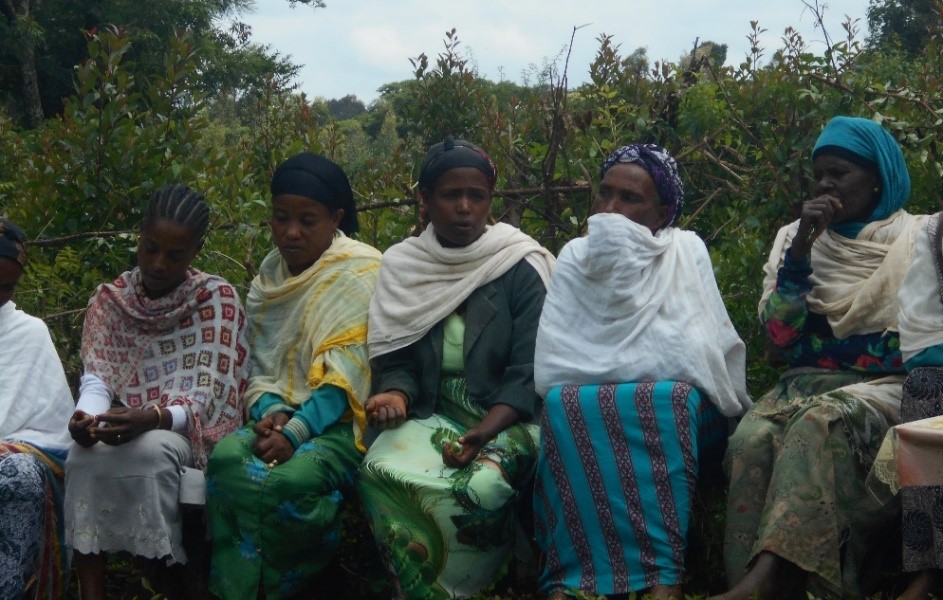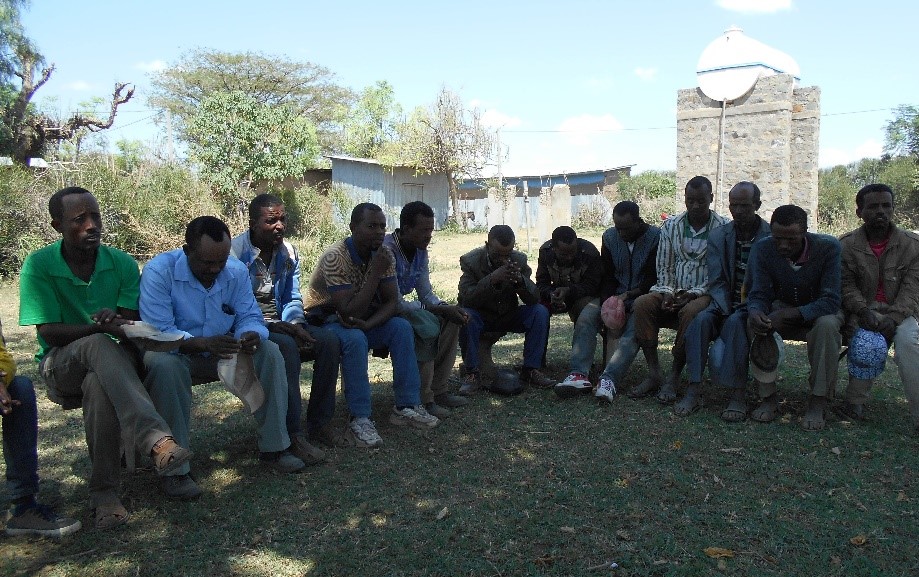Oct 16, 2017

Social change is a complex process and does not follow linear steps or procedures. And, it is not usually fast.
Recently, I met some community members in rural areas of Ethiopia where many international and local NGOs have worked for a long time. I asked the community members to tell me the positive change they have experienced as a result of working with these groups. Their response was, “We have been receiving different kinds of support for many years, but we are still the same. Our community still needs support.”
It begs the question: Is our work really helping?
Most of the changes we need to see in poor rural communities can happen if and only if our approaches towards community development change. The following are a few tips for helping rural development practitioners lead communities on the road towards empowerment and positive change.
- Monitor your attitude and behaviour. To work with communities in rural areas we need to have the right attitude. We need to know that most of these people are comfortably living their lives the way they do and will continue to live that way in our absence. We need to remember that it is their life, and they know what is best for themselves. Even in the poorest parts of the world, change is possible. The reason this change has not yet happened is due to lack of opportunity, not because of weakness or lack of intelligence. We may be able to walk along side to help enable change, but the change is about them and not us.
- Creating a good environment. Depending on the culture and traditions, meetings are usually opened with prayer or by an elder’s blessing. The opening process can easily determine the outcome of the meeting. Moreover, in rural areas, people sit on the ground or on small stools. Inviting people to sit in a circle can help create a sense of equal status among the participants. The facilitator should also sit in the circle and on the same type of chair, as an equal to everyone else.
- Set ground rules to address status-quo. In communities where reading and writing is not present we cannot ask the participants to write their ideas on Post-it notes or paper and paste them on a wall. We can however, listen to what they contribute orally. Ideally, it is preferable to have women groups, youth groups, and elderly or local leaders in separate groups. However, this is not always possible. The culture may allow elders and religious leaders to speak first and then the other group members may not have the courage to disagree with what was shared. To avoid this, we need to carefully invite people with higher status to “take off their position” while in that group. This process can create a more democratic space for all people to speak and interact freely. These processes empower the people who consider themselves inferior (or less important) in the community, and give them a voice.
- Number of people in a group. It is important to limit the number of people in a group to 30 or less. Having a small group ensures each participant has a voice in the group. Safety and respect need to be modeled and intentionally worked on. They are not only needed for honest and authentic dialogue during the initial learning event or gathering, but are also critical for using what they learned, implementation of their plans, and further discussions about action or adjustments.
- Be patient and listen. The common mistake we make as a development professional is going into a community with preconceived ideas. Too often we consider ourselves better than those we are working with and suggest solutions for a problem we think exists before any sort of deep discovery process or consultation. We need patience and practice in listening. Having skills in Participatory Learning and Action (PLA) tools as well as a dialogue-based approach are also important. Humility is key. Once the community has decided what they want to do, we can help to develop a community action plan with responsibilities for each group member. We are invited to facilitate the process, but not determine the outcome of it.
- Represent the idea visually. Graphic representation of ideas using symbols that can clearly represent the issues being discussed can be extremely helpful. This can allow for some record-keeping of what is decided and it may also inspire some participants to explore more literacy methods.
- Invite reflection and dialogue. To bring social transformation, creating a space for people to enter and feel safe enough for meaningful dialogue and idea sharing is essential. People need to critically consider their experiences and feel free enough to challenge existing practices. In one community in which I work, people call this process “a life mirror” because they look at their life and identify spots that need to change. By creating a safe, respectful and open space for reflection, introspection and dialogue, change is more possible.
- Community action plan. The ultimate objective is to help communities to assess their own situation, come up with possible solutions and decide on an action plan for positive change. During the development of their action plan support will be needed. There might be issues that they can handle by themselves but also ones that need to be supported by external individuals or agencies. Careful discernment will be needed about who should step in to support their work, when, why and for how long.
- Monitor change and celebrate success. Setting goals and objectives with success indicators is very helpful for monitoring achievements. Once results are achieved, it is important to celebrate and recognize the individual and team efforts. This helps the group to strive for a higher level of achievement, pushing them forward in their transformation.

The process of community engagement requires flexible and adaptive thinking. No two groups or situations are the same. We need to start by ensuring we have deep understanding of the people we are working with, their situation, and the desired change they are looking for (if they know that already). Social transformation is possible in any and every community. As facilitators of community engagement, we need to get out of the way, and learn to more effectively invite community members in to processes of discernment and decision-making.
What helpful tip do you practice or have you seen for community engagement?
* * * * * *
Yeshitila Alemu (yeshal2003@yahoo.com; yalemu@canadianfeedthechildren.ca) is a Program Manager of Canadian Feed the Children, based in Ethiopia. He has a B.Sc. in Agricultural Extension and M.Sc. in Rural Development and Agricultural Economics. He also has over 16 years of experience working with rural poor communities and urban slum areas in Ethiopia.



